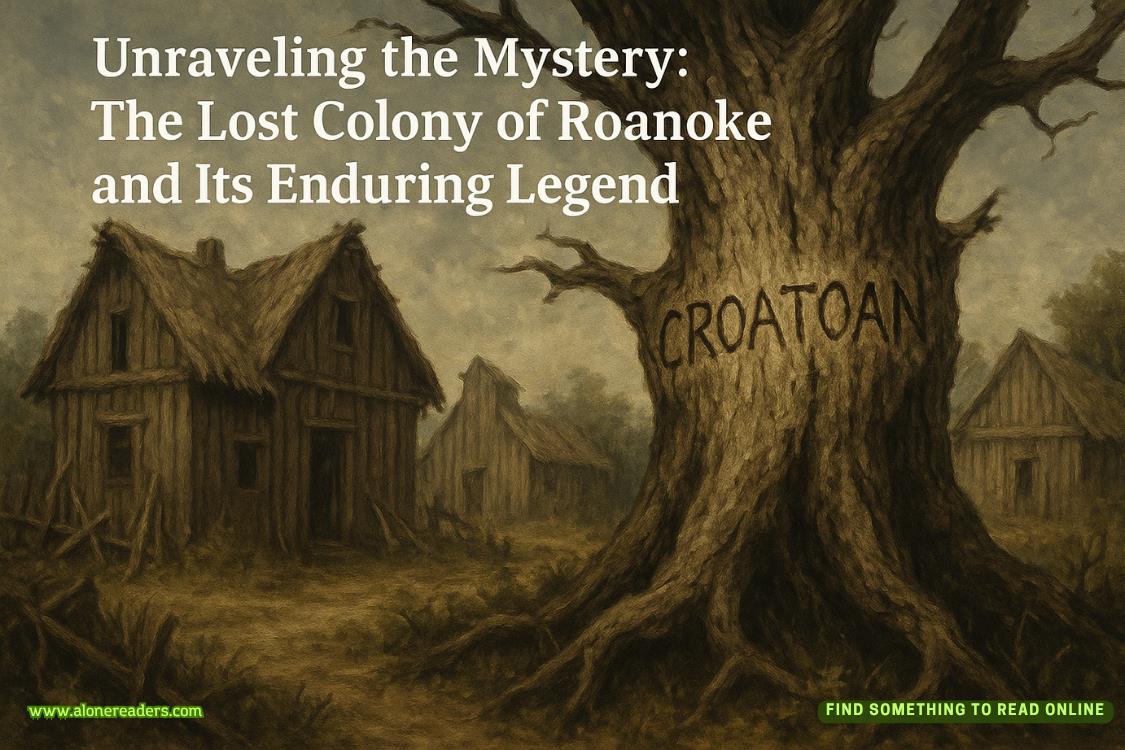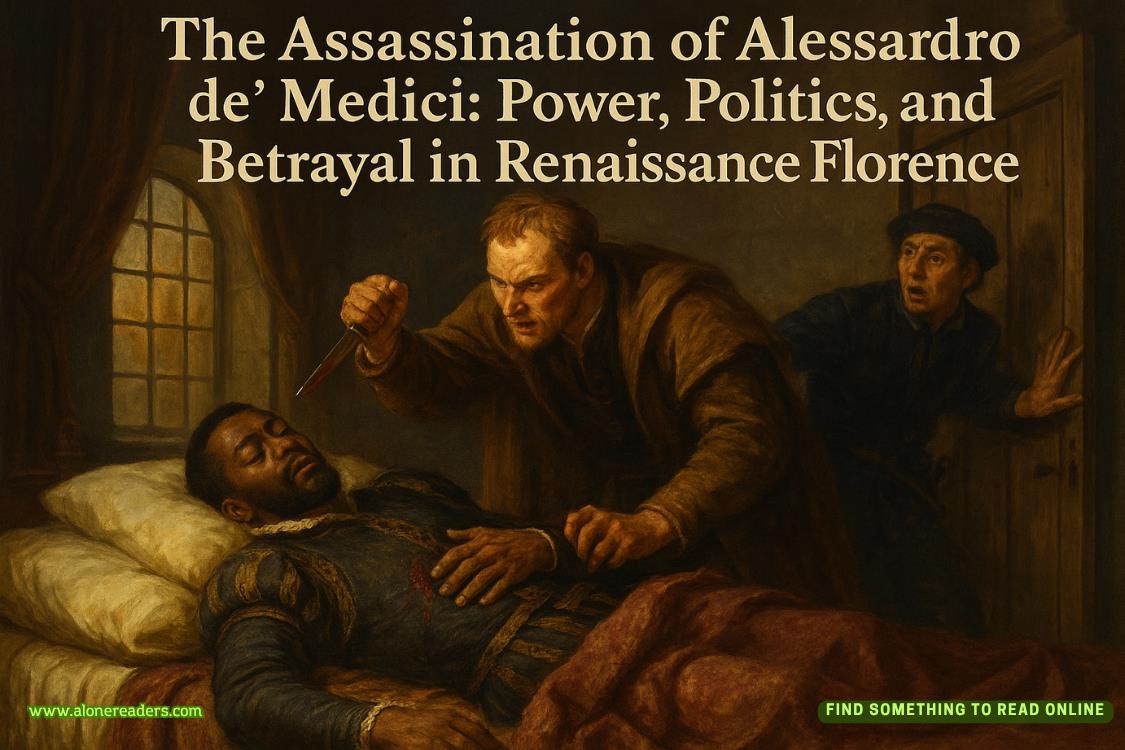As I paid the fare, adding a generous tip that made Somchai beam, the stifling heat enveloped us again. The concrete beneath our feet radiated warmth, and the air was so thick with moisture it felt like breathing through a wet cloth.
The market loomed before us—a labyrinth of narrow lanes and covered stalls extending as far as I could see. The crowd moved like a living organism, pulsing and flowing, conversations in a dozen languages creating a constant buzz that vibrated in my chest. A child ran past us, sticky with what looked like mango juice, laughing as his mother called after him in musical Thai.
Ray turned to me, eyes bright with excitement. “Ready to dive in?”
I nodded, taking a deep breath of the fragrant, overwhelming air—a complex mixture I couldn’t begin to identify but that would forever mean “Bangkok” in my memory.
“Ready,” I said, and together we stepped into the swirling current of humanity, letting Bangkok sweep us into its heart.
The narrow lanes were already crowded with vendors setting up their stalls, the air rich with the smell of fresh herbs and cooking food. And something else—something that made my nose wrinkle.
“Oh God,” I said, as we found the challenge station. “Is that durian?”
A local woman in a white T-shirt emblazoned with the red and blue race logo stood behind a table laden with durian, known throughout Southeast Asia as the world’s smelliest fruit.The ones on the table had already been cut open, their spiky yellow flesh waiting.
“Yield Sign,” Ray read from the clue. “Who’s hungry for a local delicacy?”
When you reached a yield sign, one partner had to yield to the other to take on the challenge. I looked at the fruit, then at him. “You’re the one always going on about protein and nutrients.”
“Yeah, but...” He looked genuinely scared for the first time since we’d started the race. “That stuff’s banned in hotels for a reason.”
“Stop being a baby.” I pushed him toward the table.
Ray sat down at the table. The challenge, we learned, was to eat an entire durian fruit, about two pounds of the custardy flesh. “Just think of it like a protein shake,” I suggested helpfully.
“Protein shakes don’t smell like gym socks left in a locker for a month,” he muttered, but he picked up his spoon. I saw his throat working as he tried not to breathe through his nose.
The first bite made him smile. “This isn’t so bad, if you can get past the smell. Which is like caramel-covered onions that died.”
“You can do it, babe!” I channeled all his encouragement from our hikes and climbs. “Mind over matter!”
He shot me a look that could have curdled milk, but he kept eating. About halfway through, the male models showed up, and their reaction to the durian was priceless. The one who wasn’t eating threw up in a nearby trash can because the smell was so bad.
Cody and the other cameraman huddled to the side, out of the range of the aroma. I wondered how much of the Thai chaos would wind up on the cutting room floor. And not for the first time I considered what narrative the show would construct for Ray and me. Would they choose the film of us fighting? Thatwould make for better TV than showing us cooperating, like the way we’d fished the golden idol out of the pond together.
Fortunately there were other teams, like Jenny and Carlos, who had fought more explosively than we had. Maybe they would end up as the poster children for bad behavior on the race rather than us.
Ray finished his portion just as Adrienne and Fletcher arrived. “Good job, honey!” I said as he staggered away from the table. “Let’s get you some water.”
“I may never eat again,” he groaned. But we grabbed the direction card from the display and headed toward the next clue. “Culture Crash,” the clue read. “Hope you are ready for an authentic Thai experience.”
We hailed a tuk-tuk and after showing the driver the clue, he headed off. Cody clung to the bar beside the front seat with one hand, filming the street with the other.
There were no doors or windows, so we felt completely exposed to the traffic passing by. Our driver must have been a Formula 1 racer in a previous life, because he drove extremely fast and in my opinion very carelessly. The car was quite small, so it was able to wriggle between other vehicles, going like a zigzag on the road.
The tuk-tuk finally dropped us at a traditional dance school tucked away down a narrow side street. The building was modest from the outside—a weathered wooden structure with a sloping tile roof—but the interior opened into a soaring hall with polished teak floors and mirrored walls. Ceiling fans spun lazily overhead, barely stirring the humid air. Young Thai dancers in practice clothes moved through their warm-up routines in one corner, their movements fluid and precise as water flowing over stones.
“Culture Crash,” Ray read from the clue. “Teams must immerse themselves in Ram Thai classical dance, learningnot only the movements but also understanding the cultural meaning behind each gesture. Khun Malai, the school’s master teacher, will show you what to do and then judge you.”
A smiling woman in her fifties introduced herself as Khun Malai. Her silver-streaked hair was pulled back in a severe bun, and despite the heat, her makeup remained flawless.
“Ram Thai is more than dance—it is language of our culture, our history, our beliefs,” she said. “First you learn costume and basic movements. Then you must learn meaning. Finally, you perform telling story through dance. Only when you understand and embody spirit of dance will you pass.”
Two young assistants appeared, bearing what looked like elaborate ceremonial regalia on velvet-draped trays. My heart sank. This was clearly Ray’s domain—the physical challenges were his specialty, not mine.
“Are those... fingernails?” Ray whispered, eyeing the curved, golden extensions with undisguised horror.
“I think they’re calledjeeb,’” I said, remembering what I’d read in the guidebook. “They extend the dancers’ fingers to create specific shapes. Each position has a specific meaning in Thai culture.”















